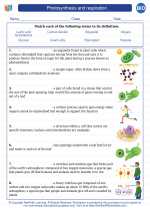Mosses
Introduction to Mosses
Mosses are small, non-vascular plants that belong to the division Bryophyta. They are found in moist environments and are often seen in shaded, forested areas. Mosses play a significant role in ecosystems by contributing to soil formation and providing habitats for small organisms.
Morphology and Life Cycle
Mosses have a simple plant body that consists of leaf-like structures called "phyllids," a stem-like structure called a "seta," and a reproductive structure called a "sporophyte." The life cycle of mosses involves alternation of generations, with the gametophyte stage being the dominant phase.
Reproduction
Mosses reproduce through spores that are produced in the sporangium of the sporophyte. These spores germinate to form a protonema, which develops into a gametophyte. The male and female gametophytes produce sperm and eggs, respectively, which fuse to form a zygote and eventually develop into a new sporophyte.
Ecological Importance
As pioneer plants, mosses help in the process of primary succession by colonizing bare soil and initiating the formation of organic matter. They also contribute to the water cycle by absorbing and holding moisture, preventing soil erosion, and providing a habitat for a variety of microorganisms.
Study Guide
- Describe the structure of a moss plant.
- Explain the alternation of generations in the life cycle of mosses.
- Discuss the ecological importance of mosses in the ecosystem.
- Compare and contrast mosses with vascular plants.
- Explore the adaptations of mosses to their environment.
◂Biology Worksheets and Study Guides High School. Photosynthesis and respiration
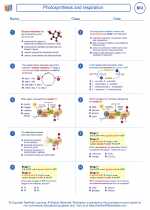
 Worksheet/Answer key
Worksheet/Answer key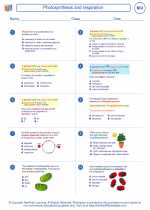
 Worksheet/Answer key
Worksheet/Answer key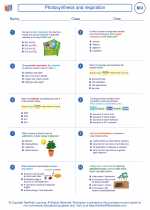
 Worksheet/Answer key
Worksheet/Answer key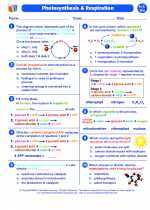
 Vocabulary/Answer key
Vocabulary/Answer key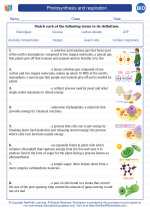
 Vocabulary/Answer key
Vocabulary/Answer key